

? | Home page | Hardware





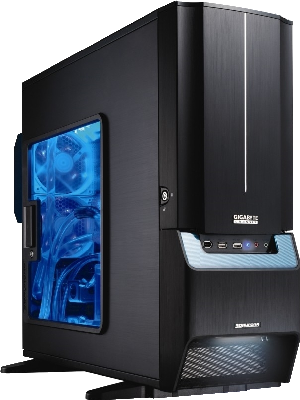
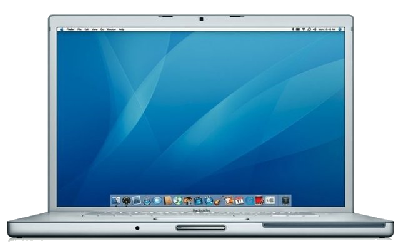


(click on the pictures to see the various models of these brands on the Audiofanzine website, and read users' opinions)


















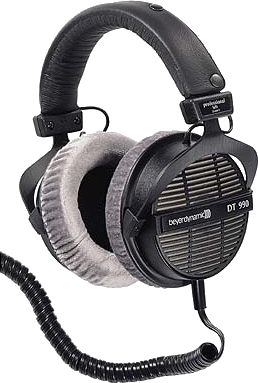
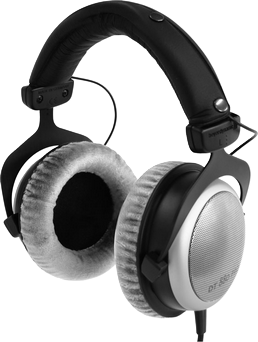

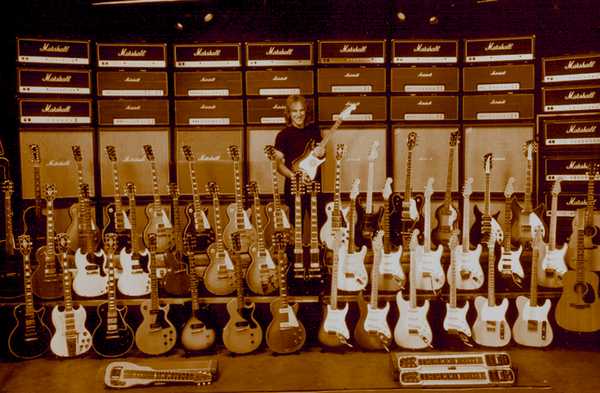
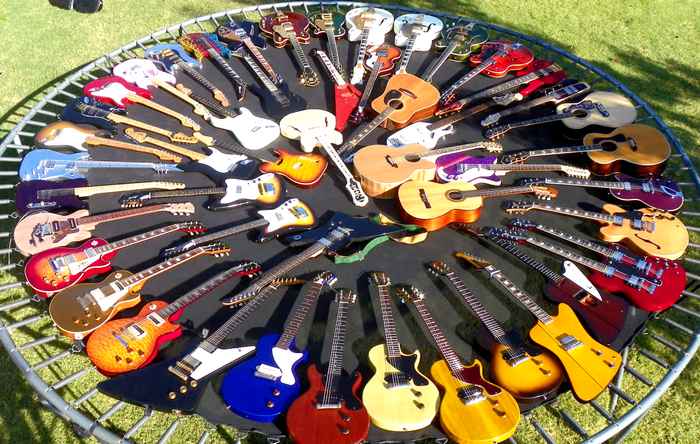

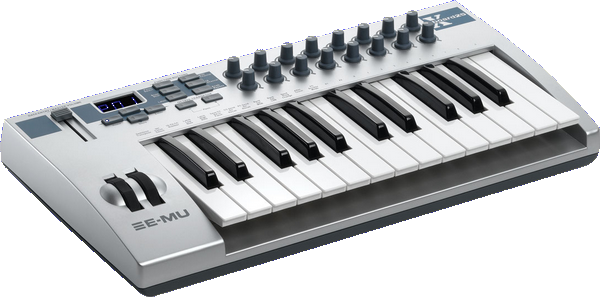


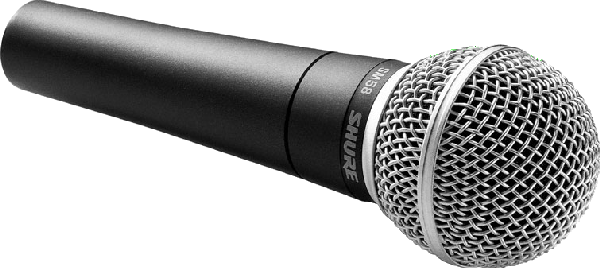

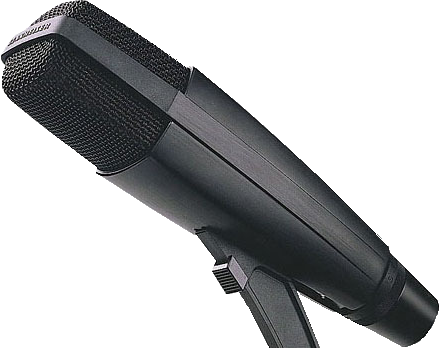

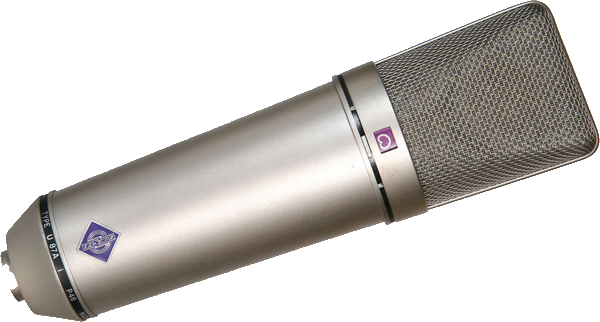
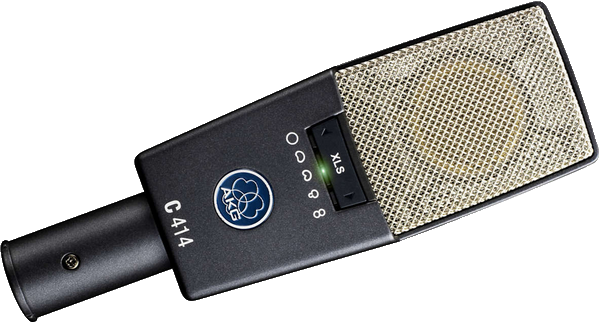
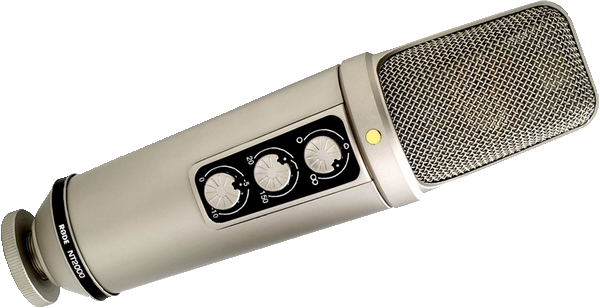

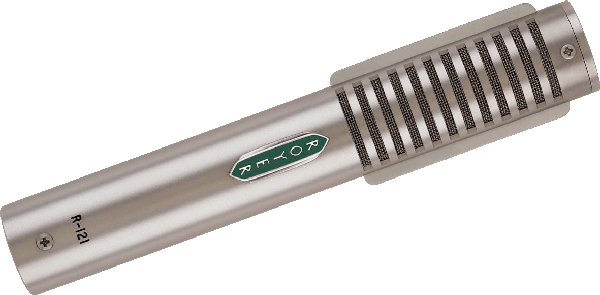
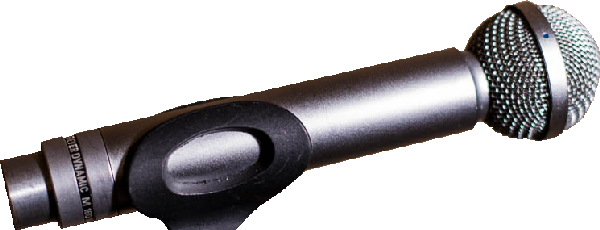

Messages page # 1 2 3 4 5 6 7 8 9 10 11 12 13 14 15 16 17 18 19 20 21 22 23 24 25 26 27 28 29 30 31 32 33 34 35

CelticBreizh
le 12/04/2010 à 22h00
Encore merci de votre réponse. Je me demande même si je ne vais pas craquer pour votre carte qui a plus de réglages en façade, laissant l'arrière aux Jacks et à l'alim.
* * * * * * * * * * * * * * * *
<em>Comme vous voulez, mais avez-vous vraiment besoin de 8 entrées ? Dont seulement 2 avec préampli (les deux à l'avant) ? À vous de voir,
Grebz</em>

CelticBreizh
le 12/04/2010 à 09h21
Bonjour,
J'envisage l'acquisition d'une nouvelle interface audio type EDIROL FA-66 et je voulais savoir ce que vous en pensiez étant donné que vous avez déjà une EDIROL FA-101, un modèle un peu semblable mis à part le nombre important d'entrées.
Ma carte Presonus me joue des tours mais je souhaiterais rester sur une connexion en firewire. Pouvez-vous me dire si c'est un bon choix ?
* * * * * * * * * * * * * * * *
<em>Bonjour Éric,
<a href="http://fr.audiofanzine.com/carte-son-externe/edirol/FA-66/avis/">Les avis sur Audiofanzine</a> sont tous très bons. Visiblement les utilisateurs sont satisfaits de leur achat. De mon côté, je suis également satisfait de ma FA-101 qui ne m'a jamais fait défaut, que j'enregistre seul chez moi en n'utilisant qu'une seule entrée, ou bien en enregistrant un groupe en live avec 8 entrées simultanées. Les préamplis de la carte ne sont pas extraordinaires, mais devraient suffire néanmoins. En cas de besoin, il sera toujours possible de leur adjoindre ultérieurement un préampli externe supplémentaire.
La connexion Firewire a l'avantage d'utiliser très peu de ressources processeur (moins qu'une connexion USB), ce qui permet de libérer ces ressources supplémentaires pour le séquenceur, d'être très stable et d'avoir une bande passante supérieure à l'USB 2.
Dans le cas de la musique, toutefois, cette dernière caractéristique n'a pas vraiment d'importance. C'est plus important dans le domaine de la vidéo.
Au niveau des défauts, la connexion Firewire nécessite l'utilisation d'une alimentation secteur lors d'une utilisation sur un portable. La prise mini-Firewire qu'on trouve sur les portables ne peut pas fournir d'alimentation électrique contrairement à l'USB. Donc, il faudra brancher l'interface sur le secteur, ce qui fait des branchements en plus. Mais pour une installation fixe, ce n'est pas trop gênant.
Les drivers de la FA-101 sont stables, ils existent en 32 et 64 bits et fonctionnent sous Windows XP, Vista et Seven. Il me semble que les drivers sont communs pour la FA-101 et la FA-66... en tout cas, les fichiers qui composent ces drivers, téléchargés sur <a href="http://www.rolandus.com/products/productdetails.php?ProductId=731">le site d'Edirol</a>, sont quasiment identiques à 2 ou 3 détails près. La FA-66 n'est de toute manière qu'une FA-101 allégée, elles doivent sortir du même moule !
Donc oui, je peux vous recommander cette interface audio. De toute façon, achetez-la et essayez-la, vous avez légalement une semaine pour vous rétracter auprès de votre vendeur.
Grebz
</em>

Jikoo
le 12/04/2010 à 01h42
Superbe page (simulateurs d'ampli) !
J'ai appris plein de choses. C'est vraiment très intéressant. Merci beaucoup et bonne continuation.
Jerry Coox - Musicien
(Facile à trouver sur le web !)
* * * * * * * * * * * * * * * *
<em>Merci à vous !
Je rajoute un lien vers <a href="http://www.myspace.com/jerrycoox" target="_blanck">votre MySpace</a>, j'ai écouté ce que vous faites, c'est vraiment très bien !
Grebz</em>

CelticBreizh
le 24/03/2010 à 20h06
Bonjour,
Merci encore de votre précédente réponse.
Pour information, voila ce que j'ai relevé sur mon portable ACER :
Avant tout, j'ai pensé à ce portable parce qu'il est silencieux. Je ne dispose pas d'une pièce dédiée et suis en fauteuil roulant. Ce n'est pas toujours simple pour tous les branchements. Dans la MAO, je cherche juste à mettre de la musique, piste à piste, derrière mes textes. Alors maintenant mon ordinateur portable, c'est :
Modèle Aspire type 5670 / 5673 WLMi
Processeur : Intel Core Duo T2400 (1.83 GHz, 667 MHz FSB, 2MB L2 cache)
En fait, c'est un Intel Centrino Duo destiné plus particulièrement aux portables.
L'écran est un 15.4 pouces WXGA. C'est un peu petit pour y caser le séquenceur, la table de mixage, les VST et VSTi etc... ça finit par être complètement brouillon. Je sais qu'il me faut un autre écran (d'ailleurs mon portable peut l'accepter). Le séquenceur d'un côté et de l'autre, le mix et tous le reste. Ce serait plus clair. J'envisage effectivement l'achat d'un 24 ou 26 pouces.
La vidéo, c'est bien sûr de l'intégré, ATI Mobility Radeon X 1600
Le disque dur : 120 GB SATA partitionné. J'ai un disque dur externe Western Digital Caviar d'1To acheté récemment.
La mémoire : 2 Go DDR2 (support dual channel).
C'est sans doute là que ça pêche le plus, avec 2 Go et mon processeur centrino, je vais vite atteindre les limites si j'utilise beaucoup de VST ou VSTi.
Un petit plus, j'ai une prise FireWire sur laquelle je branche ma carte son externe Presonus Fire Box.
Je n'ai pas encore de préampli mais j'envisage d'en acheter un. Un petit et modeste appareil, je n'ai ni les prétentions, ni les moyens d'un studio professionnel.
J'ai repéré chez Thomann en Allemagne un ART TUBE MP à 38€. Ce sera sans doute mieux que rien vu que je n'en utilisais pas avant. Ça me fait 2 alim de 48 Volts pour mon micro statique SAMSON.
Par contre, j'utilise un EDIROL PCR - A30 et là, j'ai sans doute encore mal choisi puisqu'apparemment il serait doté d'une Audio Interface, cette interface n'était sans doute pas nécessaire puisque j'avais déjà une carte son PRESONUS ???
Ce clavier se branche en USB mais est aussi doté d'un transfo, c'est peut-être plus stable, je ne sais pas.
Les infos relevées sur ce clavier : EDIROL PCR - A30 - ROLAND, 24 Bit 96 kHz Digital Audio, USB Audio Interface, Midi Key Board Controller.
Je sais que l'on peut contrôler certaines fonctions mais j'avoue que je ne l'utilise que comme un clavier midi. Je suis loin d'en tirer le maximum.
Un ami me l'avait conseillé mais maintenant, je ne sais pas si c'est un bon choix.
Et pour finir, je suis sous XP, et j'aimerais le rester.
C'est un portable que je veux remettre à plat en formatant et en le consacrant uniquement au son et rien d'autre.
La connexion Internet (pour les mises à jour windows) sera coupée pendant le travail sous Cubase, de même qu'Avast, mon antivirus. J'espère ainsi alléger le système. Il n'y aura même pas de messagerie.
Au fait, comment fait-on pour geler des pistes ?
Je suis preneur de tous conseils. D'avance merci.
CelticBreizh

CelticBreizh
le 24/03/2010 à 01h45
Bonjour,
Un excellent site qui permet de s'y retrouver facilement dans la MAO.
Avant de trouver des séquenceurs "non limités", j'avais investi dans bon nombre de matériels, tables de mixage, racks en tous genres dont compresseur, ampli casques, microverb Alesis etc... tout en analogique bien entendu. Certaines tables de mixage étaient dotées d'une alim phantom pour mon micro statique, d'où cet achat que je regrette maintenant compte tenu des possibilités des petites cartes son externes bien suffisantes à mon goût (ma presonus gère le 48V). Quand Cubase a pu gérer correctement l'audio et pas seulement le midi, j'ai soigneusement rangé tout ce matériel. Pour un temps, j'ai continué à me servir de ma table de mixage mais, l'encombrement fait que je vais me résoudre à utiliser le mix du séquenceur mais l'écran d'un portable n'est pas extensible et cela devient vite un casse tête d'ouvrir toutes ces fenêtres à l'écran et avoir constamment la main sur la souris. Mon portable n'a que 2 Go de ram, j'espère qu'il ne plantera pas durant les enregistrements que je faisais avant sur un fixe assemblé par mes soins. Pourquoi alors ce portable ? Moins de bruit, moins d'encombrement, moins de fils. Bien que vieux de 4 ans, son processeur est un double-coeur. Je vais lui adjoindre un disque dur externe et j'espère que cela suffira pour mes compos. Si vous pouviez me donner votre avis éclairé sur mon modeste matériel, merci d'avance.
En tous cas, bravo pour les sujets abordés, ça a le mérite d'être clair alors que d'autres auraient traité cela de façon ultra technique sans que je puisse m'y retrouver.
À bientôt. Éric
* * * * * * * * * * * * * * * *
<em>Bonjour Éric,
Tout d'abord merci de votre message sur mon site, ça fait plaisir de voir que je peux rendre service à quelqu'un. Si je fais cela, c'est parce que moi-même, j'ai pas mal galéré en me lançant dans la MAO voici quelques années et que j'ai eu du mal à m'y retrouver face à toutes ces notions déroutantes au départ. Je ne suis pas devenu un spécialiste pour autant, mais j'ai appris suffisamment pour essayer d'aider à mon tour, dans un langage que j'espère accessible au plus grand nombre, sans verser non plus dans l'abêtissement. Il faut parfois appeler un chat un chat (ou un compresseur un compresseur) pour éviter les dérives de langage qui perdent tout le monde... Bref.
En ce qui concerne votre matériel analogique, je ne sais pas s'il faut regretter de l'avoir acheté. J'imagine que financièrement, ça représente un investissement et qu'il est toujours dommage de s'apercevoir au bout de quelques temps qu'on n'a pas forcément fait le bon choix, mais malheureusement, dans les domaines "techniques" (informatique, musique, vidéo...), il sort constamment de nouveaux équipements qui supplantent les anciens et si on attend le bon moment... on ne se lance jamais ! Après, il y a l'encombrement qui peut également poser problème. Mais l'analogique a aussi des qualités : le son (évidemment, tout dépend du matériel), et la manipulation physique, plus naturelle à l'usage qu'une souris. Mais tout est question d'habitude.
Pour ce qui est de votre matériel actuel, un portable, vous avez vous-même parlé de ses limites : la taille de l'écran qui fait qu'on se sent vite à l'étroit, et le fait qu'il soit déjà un peu ancien (en termes informatiques bien entendu).
Pour l'écran, il vous est toujours possible de lui adjoindre un écran plat si vous disposez de la place suffisante, et du budget bien entendu. Un bon écran plat de bonne taille (disons 24 ou pourquoi pas, soyons fou, 26 pouces !) ajoutera beaucoup de confort pour un tarif à situer entre 200 et 300 euros selon la marque et la qualité attendue. Non négligeable, mais très confortable. Il est même possible de disposer ainsi d'un double écran, sur le portable et sur l'écran supplémentaire, à condition que la carte graphique du portable gère cette fonctionnalité, ce qui est bien souvent le cas.
Avoir un processeur dual-core est un avantage évident, tout dépend cependant du processeur en question. Certains dual-core un peu anciens ne sont pas très puissants, rien ne remplace un bon test par soi-même pour tester les limites de la machine.
J'utilise moi-même un portable de marque ASUS. Je l'ai acheté voici bientôt 3 ans, il a également un processeur dual-core à 2,5 GHz et 3 Go de mémoire. Fourni à l'origine avec Windows Vista, je l'ai remplacé récemment par Windows 7 en version 64 bits.
Voilà ce que je peux vous dire de mon expérience avec ce portable pour une utilisation musicale :
Déjà, je ne l'utilise pour la musique qu'en déplacement, puisque j'utilise normalement mon ordinateur de bureau, bien plus puissant. Ce que j'ai constaté, c'est qu'il réagit mieux lorsque j'utilise mon séquenceur Sonar en version 32 bits qu'en version 64 bits. j'ai installé les 2 versions et cette dernière est plus lourde semble-t-il. C'est en tout cas mon ressenti.
Hormis cela, aucun souci pour enregistrer. J'ai déjà enregistré plusieurs fois des concerts live, avec parfois jusqu'à 8 pistes simultanément, pour un enregistrement sans interruption pendant un peu moins de 3 heures. Ni le disque dur, ni le processeur (très peu sollicité par l'enregistrement) n'ont montré de signes de faiblesse. Le disque dur est pourtant un simple disque à 5400 tours par minute, donc pas franchement un foudre de guerre.
J'ai également enregistré une pièce de théâtre amateur en branchant simultanément une carte son USB et un caméscope FireWire et donc en enregistrant 2 pistes audio sur sonar, pendant que la vidéo s'enregistrait (sur le même disque dur) via un logiciel de montage. Toujours sans souci.
En fait, je trouve les limites de mon ordinateur portable lors de l'utilisation de plugins VST ou d'instruments VSTi. Là, je constate une nette différence avec mon PC de bureau. Mon processeur de portable sature bien plus vite. Mais j'avoue que j'utilise pas mal de plugins, parfois plusieurs dizaines sur un projet. La seule solution dans ce cas est de "geler" les pistes, de façon à libérer le processeur. Si vous utilisez peu de VST, il ne devrait pas y avoir de problème, mais dans le cas contraire, attendez-vous à rencontrer des ralentissements, voire des interruptions de lecture. Et lors d'enregistrements, désactivez les plugins inutiles pour soulager le processeur.
Quant aux 2 Go de mémoire, c'est peut-être un peu juste avec Windows Vista, mais cela devrait suffire pour XP ou Windows 7. Sachez qu'avec un 32 bits, Windows ne laisse pas plus de 3 à 3,5 Go de mémoire disponible pour l'utilisateur, et que chaque application ne peut disposer que de 2 Go au maximum. Le système lui-même va consommer une partie variable de la mémoire selon les applications et services installés.
C'est l'intérêt d'un système en 64 bits : à condition que le processeur le gère, un système 64 bits va pouvoir utiliser l'intégralité de la mémoire à sa disposition, et les applications 64 bits ne seront pas limitées non plus. Mais un logiciel 32 bits sur un système 64 bits sera toujours limité à 2 Go. Pour aller au-delà, il faut que le logiciel soit lui-même programmé en 64 bits.
Voilà ce que je peux vous dire. Musicalement vôtre,
Grebz</em>
* * * * * * * * * * * * * * * *
Merci d'avoir pris le temps de me répondre. ça me semble si clair maintenant. Un grand merci et encore bravo pour votre site.
Éric
